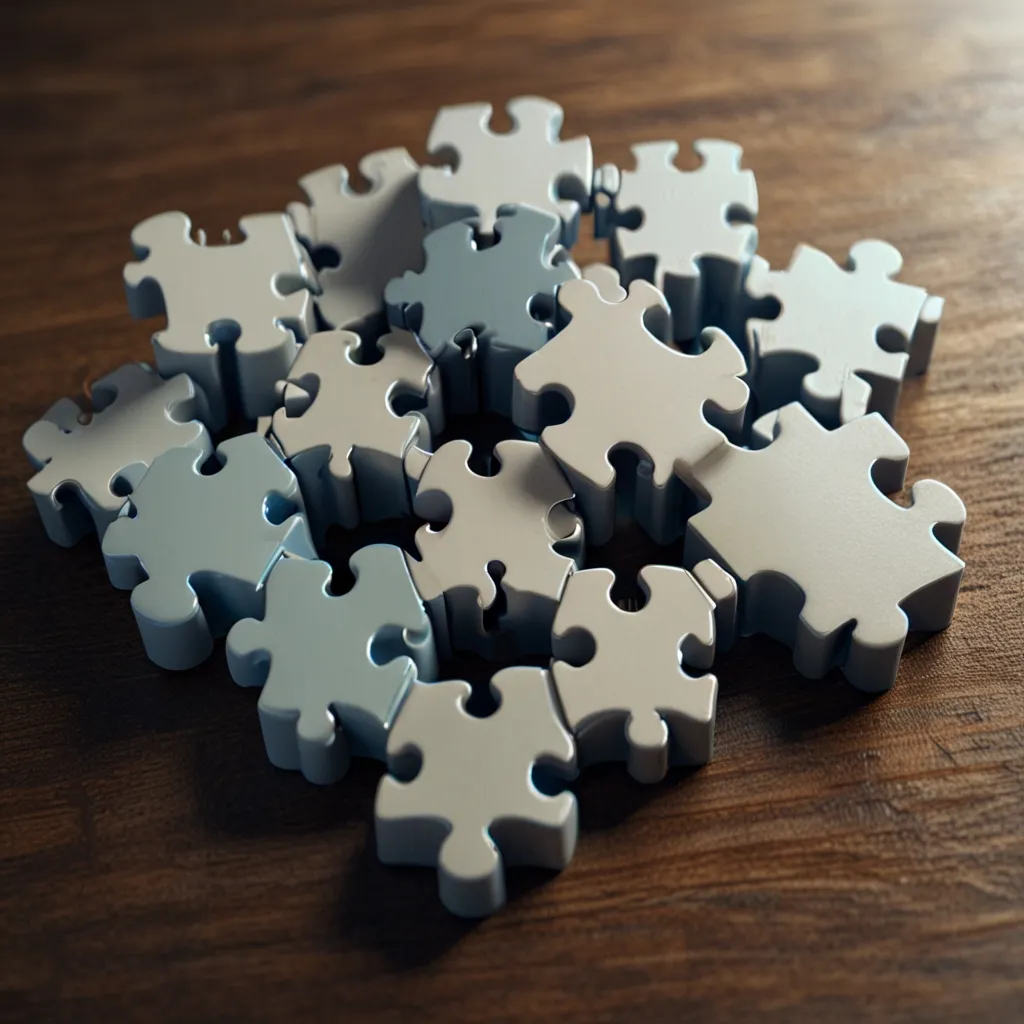Drones are taking the world by storm, and it’s no surprise why. These nifty flying machines are revolutionizing everything from photography to package delivery. But what really gets tech enthusiasts excited is the potential for autonomous drone navigation. That’s where reinforcement learning comes into play.
Imagine a drone that can learn from its environment, make decisions on the fly, and navigate complex spaces without human intervention. It’s not science fiction anymore – it’s becoming a reality thanks to reinforcement learning algorithms.
So, what exactly is reinforcement learning? In simple terms, it’s a type of machine learning where an agent learns to make decisions by interacting with its environment. The agent receives rewards or punishments based on its actions, and over time, it learns to maximize rewards and minimize punishments. It’s like training a dog, but instead of treats, we’re using data and algorithms.
When it comes to drone navigation, reinforcement learning is a game-changer. Traditional methods rely on pre-programmed rules and algorithms, which can be inflexible and struggle in dynamic environments. Reinforcement learning, on the other hand, allows drones to adapt and learn from their experiences.
Let’s dive into how this works in practice. Picture a drone trying to navigate through a dense forest. Using reinforcement learning, the drone would start by exploring its environment, trying different actions, and receiving feedback. It might bump into a few trees at first (ouch!), but each collision would teach it to avoid similar obstacles in the future.
The drone’s “brain” is essentially a neural network that takes in sensor data (like camera feeds and distance measurements) and outputs control commands (like adjusting speed and direction). As the drone flies and interacts with its environment, the neural network is continuously updated to improve its decision-making.
One popular approach to reinforcement learning for drone navigation is called Deep Q-Networks (DQN). Here’s a simple Python example of how you might implement a basic DQN for a drone:
import numpy as np
import tensorflow as tf
class DQN:
def __init__(self, state_size, action_size):
self.state_size = state_size
self.action_size = action_size
self.model = self.build_model()
def build_model(self):
model = tf.keras.Sequential([
tf.keras.layers.Dense(24, activation='relu', input_shape=(self.state_size,)),
tf.keras.layers.Dense(24, activation='relu'),
tf.keras.layers.Dense(self.action_size, activation='linear')
])
model.compile(loss='mse', optimizer=tf.keras.optimizers.Adam(lr=0.001))
return model
def act(self, state):
if np.random.rand() <= self.epsilon:
return np.random.randint(self.action_size)
act_values = self.model.predict(state)
return np.argmax(act_values[0])
def train(self, state, action, reward, next_state, done):
target = reward
if not done:
target = reward + self.gamma * np.amax(self.model.predict(next_state)[0])
target_f = self.model.predict(state)
target_f[0][action] = target
self.model.fit(state, target_f, epochs=1, verbose=0)
This is just a basic implementation, but it gives you an idea of how we can use neural networks to learn optimal actions based on the current state of the drone.
One of the challenges in using reinforcement learning for drone navigation is the balance between exploration and exploitation. The drone needs to explore its environment to discover new, potentially better strategies, but it also needs to exploit what it has already learned to navigate effectively. This is often addressed using techniques like epsilon-greedy exploration, where the drone sometimes takes random actions to explore, and other times chooses the best-known action.
Another crucial aspect is reward shaping. Defining the right reward function can make or break a reinforcement learning algorithm. For drone navigation, you might reward the drone for reaching its destination quickly and safely, while penalizing it for collisions or using too much energy.
Now, let’s talk about some real-world applications. Researchers have used reinforcement learning to teach drones to navigate through cluttered indoor environments, follow moving targets, and even perform acrobatic maneuvers. It’s pretty mind-blowing stuff!
One particularly cool example is using reinforcement learning for drone racing. Imagine a drone zipping through a complex obstacle course, making split-second decisions to find the optimal racing line. That’s exactly what researchers at the University of Zurich have been working on. They’ve developed algorithms that allow drones to learn how to race through challenging courses, pushing the limits of speed and agility.
But it’s not just about fun and games. Autonomous drone navigation has serious practical applications too. Think about search and rescue missions in disaster zones, where drones need to navigate through unpredictable and dangerous environments. Or consider precision agriculture, where drones could learn to efficiently survey and tend to crops without human intervention.
Of course, implementing reinforcement learning for drone navigation isn’t without its challenges. One major hurdle is the sim-to-real gap. Many algorithms are trained in simulated environments, which don’t always perfectly match the real world. Bridging this gap and ensuring that learned behaviors transfer effectively to real drones is an active area of research.
There’s also the issue of safety and reliability. While a reinforcement learning algorithm might find creative solutions to navigation problems, we need to ensure that these solutions are safe and predictable enough for real-world deployment. This often involves combining learned policies with traditional control methods to create hybrid systems that balance innovation with reliability.
Data efficiency is another important consideration. Reinforcement learning algorithms typically require a lot of experience to learn effective policies. This can be time-consuming and potentially dangerous when working with real drones. Techniques like transfer learning and meta-learning are being explored to help drones learn more quickly and with less data.
As we look to the future, the potential for reinforcement learning in autonomous drone navigation is truly exciting. We’re moving towards drones that can navigate in ways that might even surpass human pilots. Imagine swarms of drones coordinating their movements in complex 3D spaces, or drones that can seamlessly adapt to new environments without needing to be reprogrammed.
One area that’s particularly promising is the integration of reinforcement learning with other AI techniques. For example, combining reinforcement learning with computer vision could allow drones to not only navigate but also understand and interact with their environment in more sophisticated ways. A drone could learn to recognize specific objects or situations and adjust its behavior accordingly.
Here’s a simple example of how you might integrate a pre-trained object detection model with a reinforcement learning navigation system:
import tensorflow as tf
from object_detection.utils import label_map_util
from object_detection.utils import visualization_utils as viz_utils
# Load a pre-trained object detection model
detection_model = tf.saved_model.load('path/to/saved_model')
# Load label map
category_index = label_map_util.create_category_index_from_labelmap('path/to/labelmap.pbtxt')
class DroneBrain:
def __init__(self):
self.rl_model = DQN(state_size=10, action_size=4) # Assuming 10 state features and 4 possible actions
self.detection_model = detection_model
def process_frame(self, frame):
# Perform object detection
input_tensor = tf.convert_to_tensor(frame)
detections = self.detection_model(input_tensor)
# Process detections (e.g., avoid detected obstacles)
# ...
# Use reinforcement learning to decide on action
state = self.get_state(frame, detections)
action = self.rl_model.act(state)
return action
def get_state(self, frame, detections):
# Convert detections and frame info into a state representation
# ...
return state
This kind of integration allows the drone to make decisions based not just on raw sensor data, but on a higher-level understanding of its environment.
As we continue to push the boundaries of what’s possible with reinforcement learning and drone navigation, we’re opening up a world of new possibilities. From more efficient delivery systems to advanced environmental monitoring, the applications are limitless.
But perhaps what’s most exciting is how this technology might change our relationship with the world around us. As drones become more autonomous and capable, they have the potential to extend our reach and perception in ways we’ve never imagined before. They could become our eyes in the sky, our helpers in dangerous situations, and our companions in exploring the world.
Of course, with great power comes great responsibility. As we develop these technologies, we need to consider the ethical implications and ensure that we’re using them in ways that benefit society as a whole. Privacy concerns, airspace regulations, and the potential for misuse are all important issues that need to be addressed.
In the end, the journey towards fully autonomous drone navigation is as much about understanding ourselves and our world as it is about developing clever algorithms. It’s a testament to human ingenuity and our endless drive to push the boundaries of what’s possible. So the next time you see a drone buzzing overhead, take a moment to appreciate the incredible technology and the exciting future it represents. Who knows? It might just be teaching itself to fly better with every passing second.






